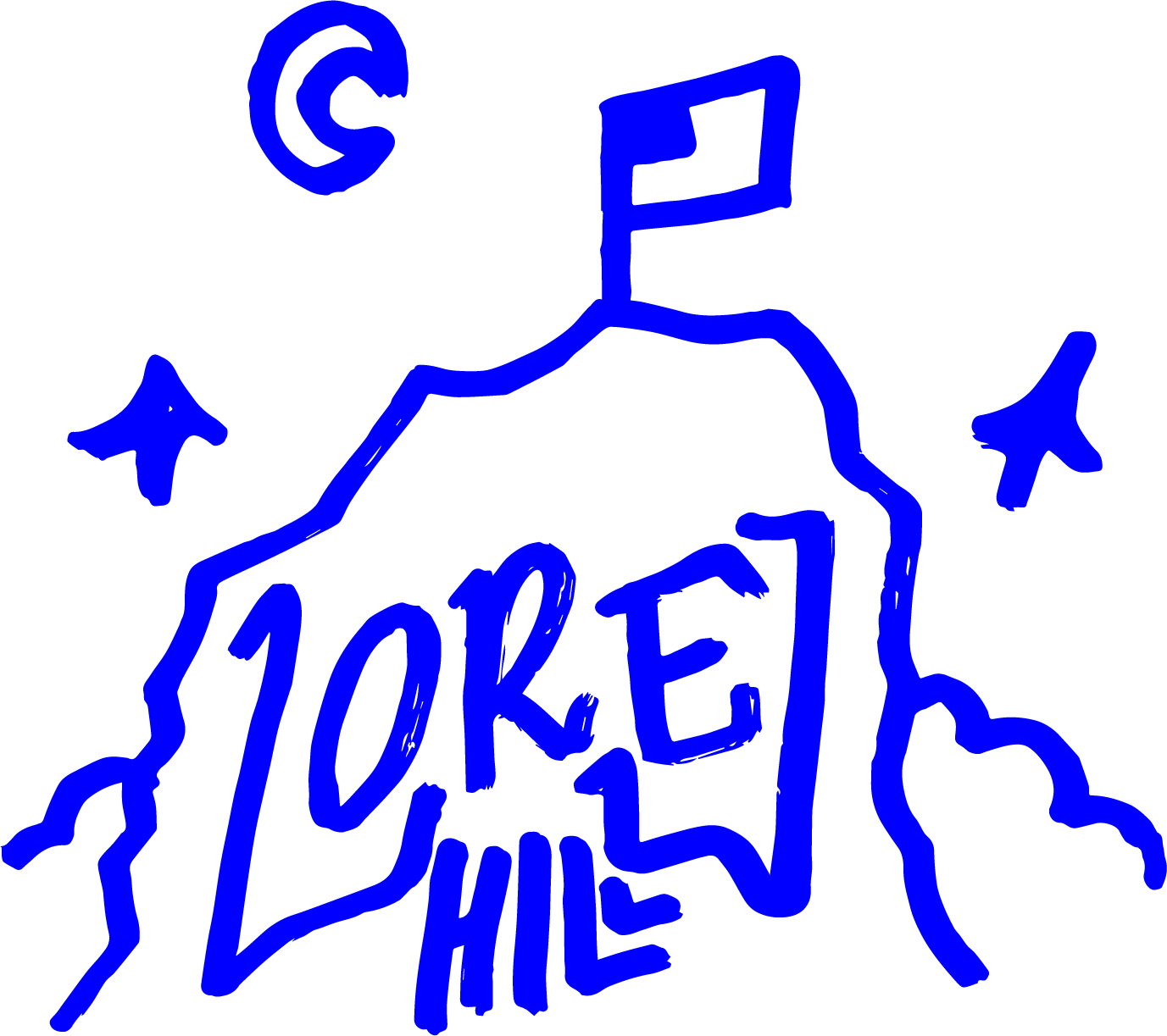Statement
My name’s Lorel Hill and I’m an artist from New Jersey. My work exposes the complex of relations between human urban residents and other species in landscapes. Through sculpture primarily, I pose tableaus of encounters between species in miniature form. I call these Minidioramas. I focus on recreating personal experiences I’ve had on the outer edges of cities, where powerplants, rivers, waste dumps, forests and highways coalesce into a confused, palimpsestic environment. Navigating these Degenerate Places, I’ve found bastions of freedom, areas institutions have neglected, where one can explore, make graffiti, socialize with friends, collectivize, discuss. They become simultaneous places of play and danger. The urban explorer is threatened by incursions of the state because trespassing is often criminalized. Animals may feel threatened by incursions from people and vice versa. The simultaneous cultural, political and ecological oasis and the ever shifting power over it are my interests.
I use the Minidiorama as a vehicle to imaginatively pose what’s possible in these Degenerate Places. Because I don’t have the power or resources to affect these places, I fill in the gaps created by the abandonment of the state and private actors with my own desires and share them with others. Dioramas are often used in museums to explain historical events like battles, or to show natural history by displaying taxidermied animals in their native environment. or anthropological knowledge like the ways communities were organized and labor delegated. Architectural models are used to visualize buildings that exist or could exist. I draw from all of these museological traditions but with a different intent: I represent the complex of political forces that shape these spaces as they are now. I unearth the various layers of history of particular or inspired landscapes and mix them with my own lived experience by placing miniature representations of myself within. I accentuate these different aspects to serve my own narrative.
My work invokes Beverly Buchanan’s power in obscurity. She was an artist who explored African-American history and experience by creating site specific work in the landscape of her home state of Georgia as well as creating miniaturized versions of African-American vernacular architecture. Her site specific work in particular used building traditions and symbolism from enslaved peoples in order to be recognized by their descendants and less so by outsiders. In this way obscurity becomes a kind of sovereignty. By putting Degenerate Sites under the lens of the museum while withholding any clear explanation of what's happening there, I obscure my role there and subvert the form itself.
I see my work as mostly descriptive, however through that it prescribes an act I take from the book, Mushroom at the End of the World, by Anna Tsing. The work encourages a mindful and playful awareness, an open-hearted ‘noticing’, with which we can better understand ourselves and the landscapes we’ve shaped. Degenerate Places are ultimately memory keepers. Neglect of these sites becomes an act of collective forgetting. I ask that we not only remember what we’ve abandoned but reimagine what could be there outside of institutional structures. The land bears witness to our actions just as we observe its transformation. These places I describe, filled with layers of mud, bones, and chemical pollution, hold the remnants of a western industrial past. I believe we should examine them with care, picking through their history gently, with love, in order to imagine a possible future.
